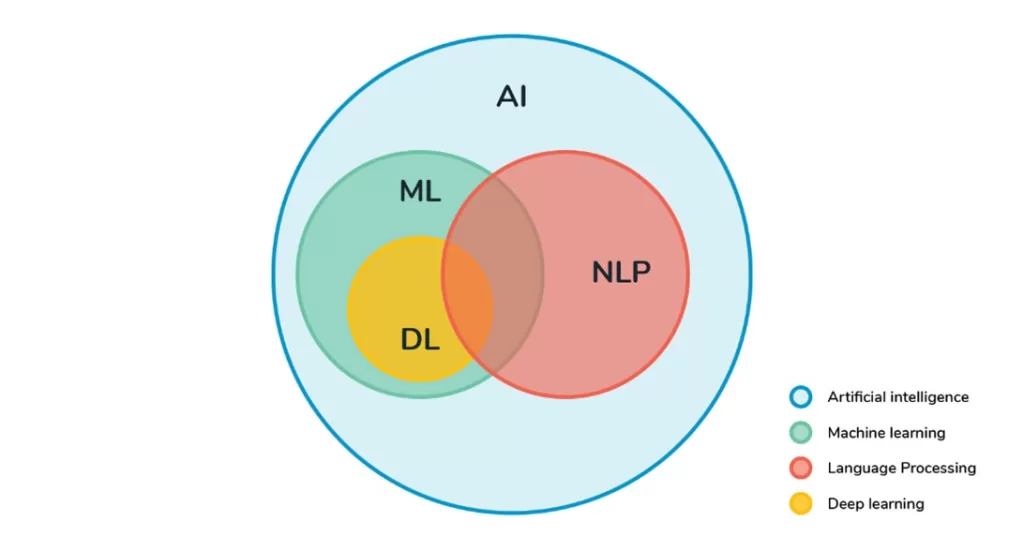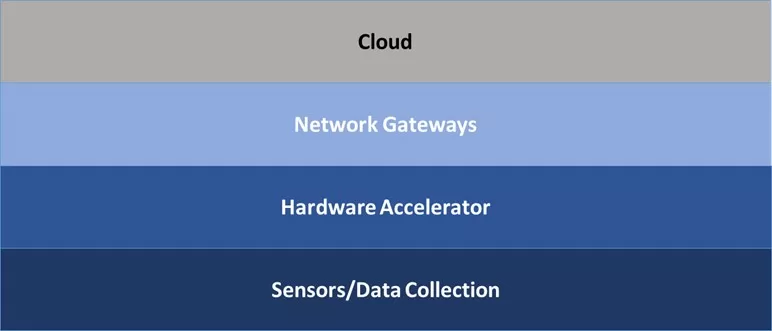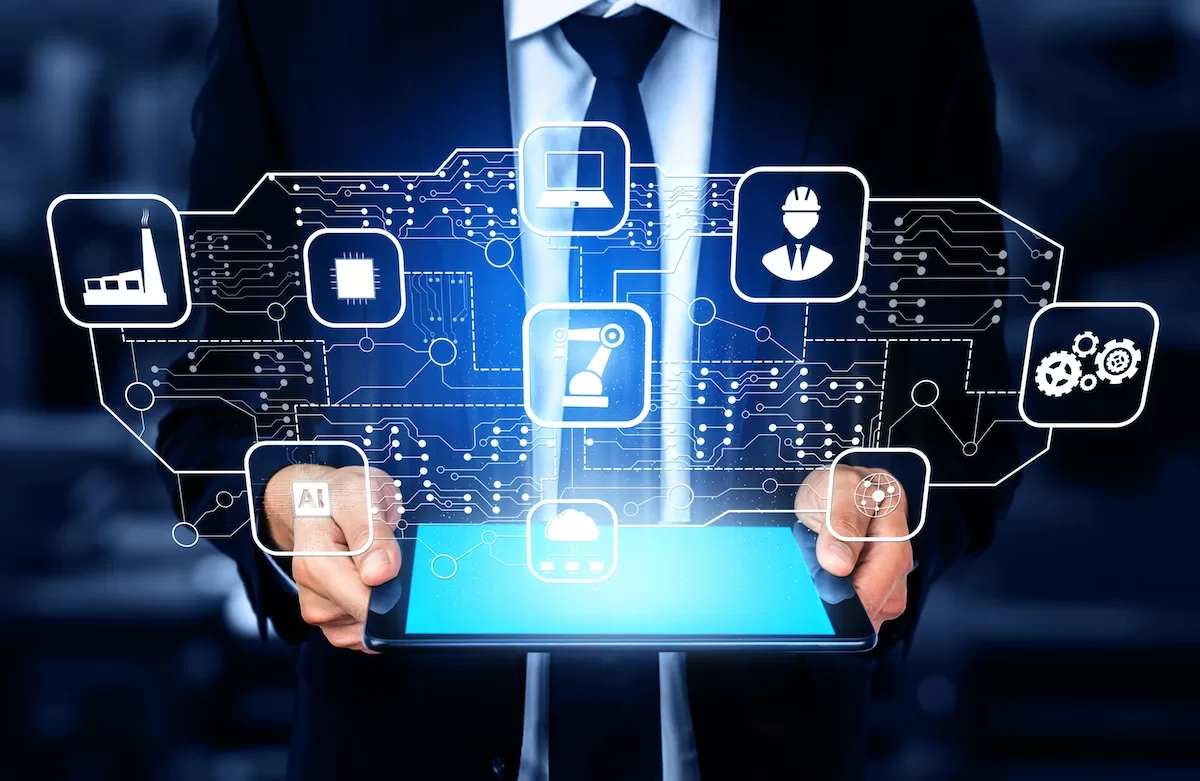Introduction to Cognitive IIoT
Cognitive IIoT is not just a technological upgrade but a paradigm shift. By infusing AI at the edge—closer to the source of data generation—industrial systems gain the ability to process information swiftly, make autonomous decisions, and adapt to new inputs in real-time. This capability is pivotal in environments where latency is a luxury and bandwidth are at a premium, such as remote oil rigs, automated manufacturing lines, and intricate supply chains.
At its core, Cognitive IIoT is characterized by self-learning systems that can analyze patterns, predict outcomes, and manage tasks without human intervention.
Traditional data processing methodologies are inadequate for the deluge of data points that modern industries produce. Edge computing capabilities provide a solution, offering the computational horsepower necessary to drive AI algorithms.
Table 1: Traditional IIoT vs. Cognitive IIoT Systems
| Feature | Traditional IIoT Systems | Cognitive IIoT Systems (AI-Enabled) |
| Data Processing | Centralized, often cloud-based | Edge-based, near real-time |
| Decision Making | Manual or semi-automated based on predefined rules | Autonomous, AI-driven decisions |
| Scalability | Limited by central processing capacity | Enhanced by distributed AI processing |
| Response Time | Slower, due to central data processing | Rapid, due to local AI analytics |
| Adaptability | Static, requiring manual updates | Dynamic, learning from continuous data streams |
| Energy Efficiency | Varies, often not optimized for edge devices | Optimized for edge devices with AI algorithms |
| Security and Privacy | Centralized security protocols | Enhanced security with AI-based anomaly detection |
| Predictive Maintenance | Scheduled or reactive | Proactive, based on AI predictions |
| Application Examples | Basic monitoring and control systems | Advanced predictive analytics, real-time optimization |
As we step into the Cognitive IIoT arena, it is essential to understand its potential to revolutionize how industries operate. Our goal is to demystify the technical aspects and highlight the practical implications of artificial intelligence in industrial IoT.
Artificial Intelligence Technologies in IIoT
The infusion of Artificial Intelligence (AI) technologies into the Industrial Internet of Things (IIoT) has catalyzed the emergence of smarter, more autonomous systems. The deployment of AI within IIoT—often referred to as Industrial AI—encompasses various technologies each serving a unique function in enhancing industrial operations.

Figure 1: Different AI Algorithms
- Machine Learning and Predictive Analytics: The foundation of Industrial AI is machine learning (ML), where algorithms learn from historical data to make predictions or perform classifications. In IIoT, ML models are trained on vast datasets generated by sensors and devices to predict equipment failure, optimize maintenance schedules, and enhance quality control.
- Deep Learning for Complex Decision-Making: A subset of ML, deep learning utilizes neural networks with multiple layers to interpret complex data structures. In IIoT, these networks analyze intricate patterns within large-scale industrial processes, such as visual inspection of products through image recognition, or optimizing energy consumption across a smart grid.
- Natural Language Processing (NLP): NLP allows machines to understand and respond to human language, facilitating user-friendly interactions with IIoT systems. It enables technicians to query systems using natural language, making it easier to obtain insights or issue commands without needing intricate interfaces or specialized training.
- Reinforcement Learning for Real-Time Adaptation: Reinforcement learning (RL) involves training algorithms through trial and error, using rewards to shape the desired behavior. This is particularly useful in dynamic industrial environments where IIoT systems must adapt to changing conditions, such as adjusting robotic movements on a manufacturing floor in real-time.
The integration of these AI technologies into IIoT platforms enables industries to not only process and analyze data at unprecedented scales but also to act upon the insights gained in a timely and effective manner. As IIoT networks grow in complexity, the role of AI becomes ever more integral, driving the evolution of truly intelligent industrial ecosystems.
Integrating AI at the Edge: Architectural Considerations
The integration of Artificial Intelligence (AI) at the edge of the Industrial Internet of Things (IIoT) necessitates a strategic approach to architectural design. This ensures that the IIoT framework can fully exploit AI’s potential for localized, real-time decision-making while maintaining operational efficiency and scalability.

Figure 2: AI at the Edge Architecture
Edge Node Capabilities: IIoT architectures must incorporate edge nodes with the processing power to handle AI computations. These nodes should be equipped with specialized hardware accelerators, such as GPUs or FPGAs, to efficiently run machine learning models and handle tasks like image recognition or complex sensor data analysis.
Network Design: The network must support high-bandwidth and low-latency communication to enable the swift transfer of data between edge devices and central servers. This is crucial for applications requiring immediate AI-driven responses, such as automated manufacturing processes or emergency system shutdowns.
Modularity and Scalability: The architecture should be modular, allowing for easy integration of new AI functionalities and scalability to accommodate growing numbers of IoT devices. It should support plug-and-play components that can be added or upgraded without disrupting existing operations.
Data Flow Management: Effective mechanisms for data flow management are essential. The architecture should include robust data ingestion systems to collect and preprocess data locally before AI processing. It should also ensure that only necessary data is sent to the cloud or central servers, reducing bandwidth usage and preserving privacy.
Distributed Intelligence: AI operations should be distributed across the IIoT network to balance the computational load and avoid bottlenecks. This involves deploying AI models across multiple edge nodes, enabling them to collaborate and share insights to enhance overall system intelligence.
Security and Privacy: As AI models at the edge can process sensitive data, robust security measures are required. This includes encrypting data in transit, securing AI models against tampering, and implementing privacy-preserving techniques like federated learning, where AI models are trained locally and only model updates are shared.
Energy Efficiency: Since edge devices often operate on limited power or are battery-operated, the architecture must be energy efficient. AI algorithms should be optimized for low-power consumption, and the system should include power management strategies to extend the operational life of edge devices.
Maintenance and Updates: The architecture should support remote maintenance and the seamless rollout of AI model updates. This ensures that edge devices operate with the latest models, maintaining high accuracy and performance without the need for on-site interventions.
Interoperability: With the diverse nature of devices and systems in IIoT, interoperability is key. The architecture should adhere to open standards and protocols, enabling different devices and AI solutions to communicate and function together effectively.
By focusing on these considerations, organizations can build resilient, intelligent, and responsive IIoT systems capable of leveraging AI to its fullest potential, thus driving innovation and competitive advantage in the industrial sector.
Challenges in Deploying AI at the Edge
Deploying Artificial Intelligence (AI) at the edge of the Industrial Internet of Things (IIoT) presents several challenges that must be addressed to ensure the seamless operation and realization of potential benefits. The complexities arise from the very nature of edge computing, which involves decentralized processing and real-time analytics.
- Resource Constraints:
Edge devices typically have limited computational power, memory, and storage, posing a significant challenge for running sophisticated AI algorithms that require substantial resources. Optimizing AI models to run within these constraints without compromising performance is an ongoing struggle. AI at the edge relies on high-quality data for accurate decision-making. However, edge devices may encounter noisy, incomplete, or unstructured data, making it challenging to maintain the quality of analytics.
- Network and Security Concerns:
Although edge computing aims to process data locally, it still requires some degree of network connectivity for tasks like model updates and coordination between devices. Inconsistent or low-bandwidth connections can hinder these operations.
Edge devices, due to their distributed nature, are vulnerable to security breaches. Protecting AI models and sensitive data against cyber threats without imposing excessive processing overhead is a critical challenge.
- Energy Efficiency:
Edge devices often operate in power-constrained environments. Running AI algorithms, which are typically energy-intensive, necessitates innovative approaches to manage and conserve energy without affecting performance.
- Latency Requirements:
For many IIoT applications, decisions need to be made in real-time. Ensuring that AI-driven processes meet these latency requirements is challenging, especially when dealing with complex analytics tasks.
- Development and Operational Costs:
The costs associated with developing, deploying, and maintaining AI at the edge can be substantial. Organizations must balance these expenses with the expected benefits, often requiring a clear long-term strategy and investment.
Addressing these challenges involves a combination of advanced AI and machine learning techniques, efficient data management strategies, robust security protocols, and innovative hardware solutions. As the technology matures, solutions to these challenges will pave the way for more widespread adoption of AI at the edge in IIoT systems.
Conclusion
The exploration of Cognitive IIoT, where Artificial Intelligence (AI) converges with the Industrial Internet of Things (IIoT), heralds a new era in industrial and technological advancement. This fusion creates a landscape where smart, self-learning systems reshape operational efficiencies, decision-making processes, and service deliveries across various sectors.
The integration of AI into IIoT has markedly improved operational efficiency, with notable advancements in predictive maintenance and real-time analytics. This impact spans various industries, driving innovation and optimizing processes. However, challenges like data privacy and integration complexity persist. The convergence with technologies like 5G and blockchain promises further enhancements, with a growing emphasis on sustainability and eco-friendly practices. As Cognitive IIoT evolves, workforce development and updated regulatory frameworks will be crucial to match the pace of technological advancement.
References
- 3GPP ETSI TS 23.501. System Architecture for the 5G System (5GS). V16.6.0, 2020-10.
- Nurul Huda Mahmood, Nikolaj Marchenko, Mikael Gidlund, Petar Popovski, “Wireless Networks and Industrial IoT”, Springer, https://doi.org/10.1007/978-3-030-51473-0
- GSMA (2019) Intelligent Connectivity, how the combination of 5G, AI, Big Data and IoT is set to change everythin
- Khan, W. Z. et al. 2020. “Industrial internet of things: recent advances, enabling technologies and open challenges”. Computers & Electrical Engineering 81(urtarrilak 1): 106522. doi:10.1016/j.compeleceng.2019.106522

